Earthquake Hazard Maps (US)
The maps displayed below show how earthquake hazards vary across the United States. Hazards are measured as the likelihood of experiencing earthquake shaking of various intensities.
The colors in the maps denote “seismic design categories” (SDCs), which reflect the likelihood of experiencing earthquake shaking of various intensities.
| SDC/Map Color | Earthquake Hazard | Potential Effects of Shaking |
|---|---|---|
| SDC/Map Color A/White |
Earthquake Hazard Very small probability of experiencing damaging earthquake effects. | Potential Effects of Shaking |
| SDC/Map Color B/Gray | Earthquake Hazard Could experience shaking of moderate intensity. | Potential Effects of Shaking Moderate shaking—Felt by all, many frightened. Some heavy furniture moved; a few instances of fallen plaster. Damage slight. |
| SDC/Map Color C/Yellow | Earthquake Hazard Could experience strong shaking. | Potential Effects of Shaking Strong shaking—Damage negligible in buildings of good design and construction; slight to moderate in well-built ordinary structures; considerable damage in poorly built structures. |
| SDC/Map Color D/Light Brown D1/Darker Brown D2/Darkest Brown |
Earthquake Hazard Could experience very strong shaking (the darker the color, the stronger the shaking). | Potential Effects of Shaking Very strong shaking—Damage slight in specially designed structures; considerable damage in ordinary substantial buildings with partial collapse. Damage great in poorly built structures. |
| SDC/Map Color E/Red | Earthquake Hazard Near major active faults capable of producing the most intense shaking. | Potential Effects of Shaking Strongest shaking—Damage considerable in specially designed structures; frame structures thrown out of plumb. Damage great in substantial buildings, with partial collapse. Buildings shifted off foundations. Shaking intense enough to completely destroy buildings. |
SDCs take into account the type of soil at the site, as poor soils can significantly increase earthquake shaking. These maps have simplified this by assuming normal Site Class “D” soils, which are the most commonly found.
When viewing the maps, it is important to remember that areas with high earthquake hazards do not necessarily face high seismic risks. Defined as the losses that are likely to result from exposure to earthquake hazards, seismic risks are determined not only by hazard levels but also by the amount of people and property that are exposed to the hazards and by how vulnerable people and property are to the hazards.
Earthquake hazards on Eastern United States
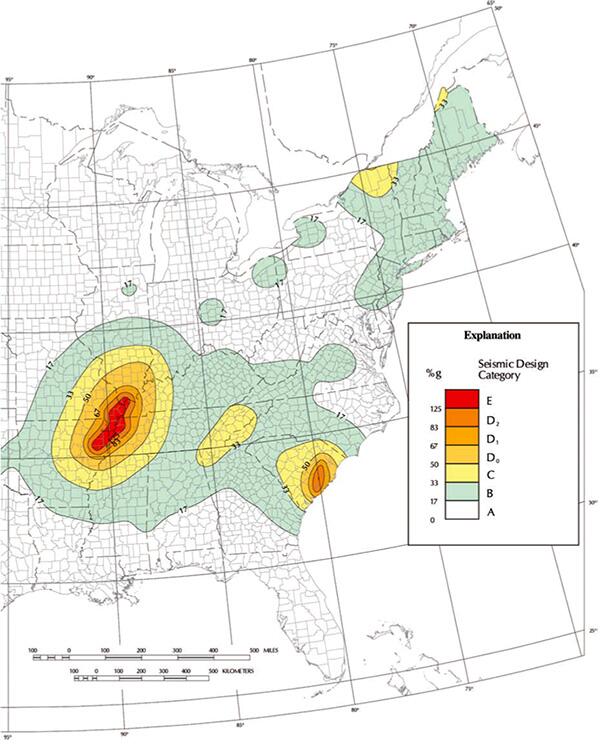
Earthquake hazards on Western United States
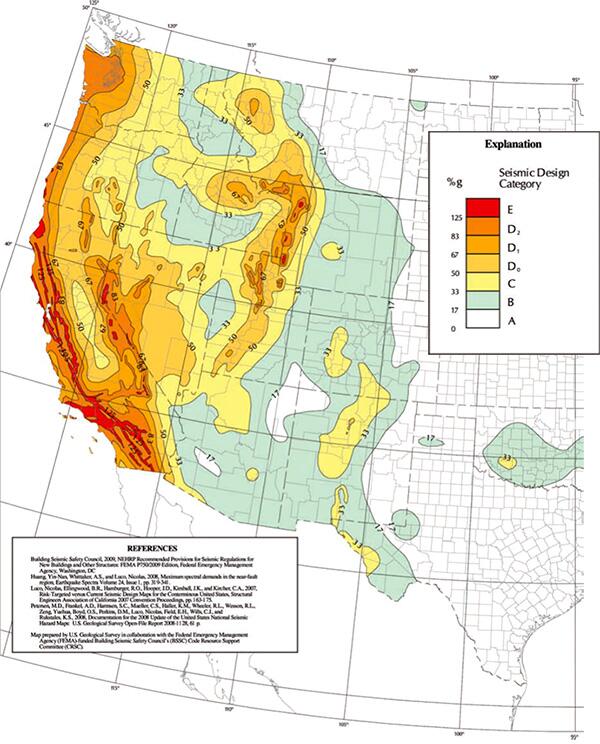
Earthquake hazards on Alaska
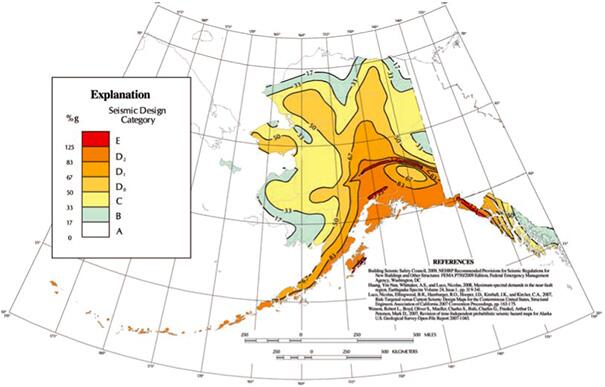
Earthquake hazards on Hawaii
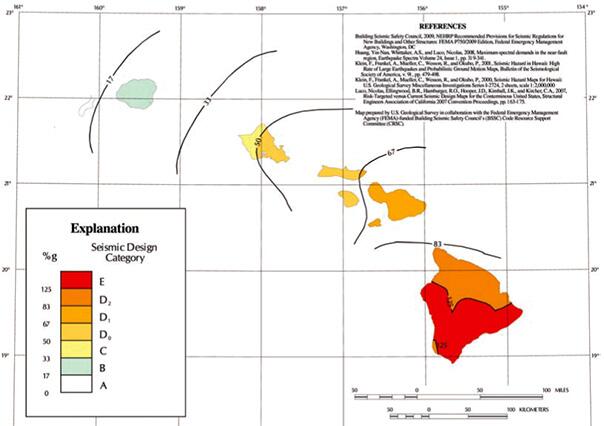
Earthquake hazards on Puerto Rico
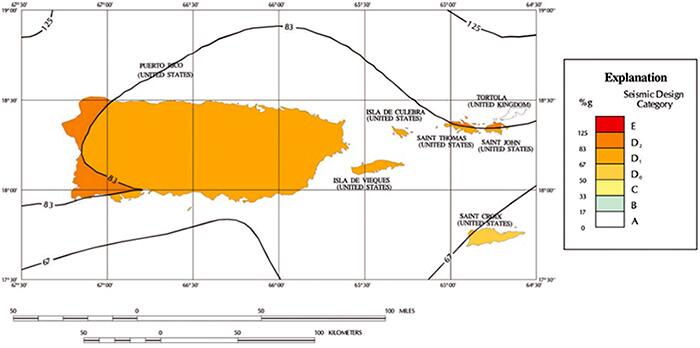
For You and Your Loved Ones
With preparedness and safety measures, protect yourself and your family from earthquake risks.
Always good to prepare for an earthquake
Earthquake Warnings are a Game Changer
Stay protected, anytime, anywhere

HAPPY CLIENTS
ALERTS DELIVERED SINCE 2011



